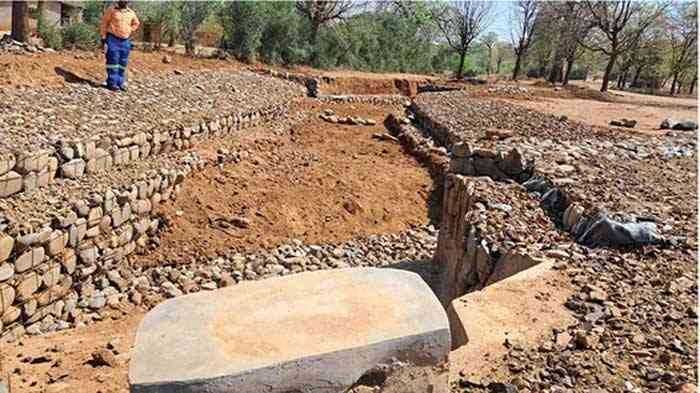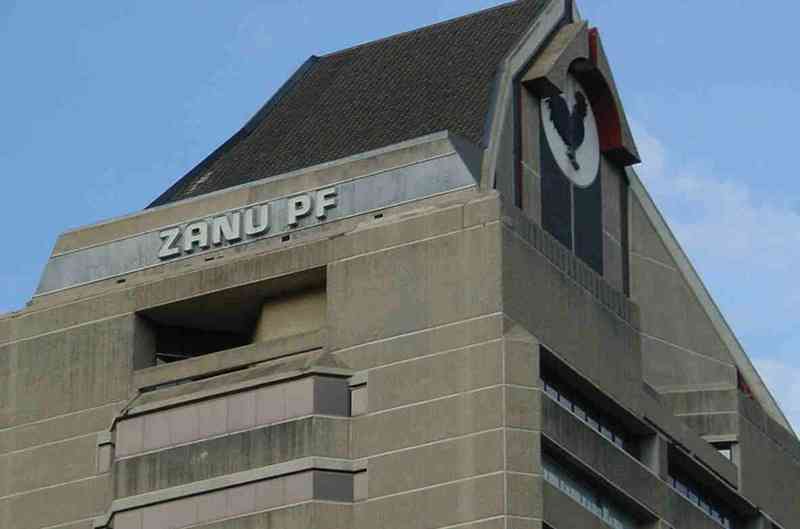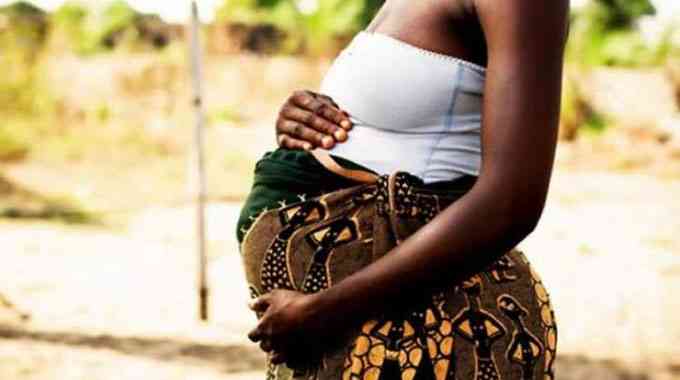
THIRTY-SEVEN-YEAR-OLD Joshua Rwizi from Nemaramba village in Chimanimani district, eastern Zimbabwe, holds a pliers and twists iron bars with diligence and dedication.
As day temperatures soar, he and three other male villagers fabricate twisted bars into square structures forming some gabions.
“Has it not been for this gully reclamation initiative we would have perished from the dangers of deep gullies around our village as well as hunger.
“We are relieved at the prospect of saving our school, houses, livestock and most importantly hundreds of schoolchildren who risked being swept away in these gullies during the looming rainy season,” said Rwizi.
Cyclone Idai and subsequent floods over the past three years left gullies, some about two metres deep, criss-crossing several villages in the district.
Infrastructure including classroom blocks, boreholes and houses are at risk of collapsing or being washed away as gullies threaten to undermine the building foundations.
The Resilience Building for Chimanimani Communities (RBCC), funded by the United States Agency for International Development is implementing a food assistance project to cover gullies in Rupise village, ward 5.
The project is designed to bring back the resilience of communities affected by flooding and drought in Chimanimani district through increased agriculture production, access to finance as well as disaster-risk reduction.
- Chamisa under fire over US$120K donation
- Mavhunga puts DeMbare into Chibuku quarterfinals
- Pension funds bet on Cabora Bassa oilfields
- Councils defy govt fire tender directive
Keep Reading
More than 32 000 people are benefitting from the project.
“We are grateful for the reclamation of gullies and the cash we are receiving. Beyond the gully at the school, there are many more gullies in our villages. More effort is required and we are ready to work as long as resources are available,” added Rwizi.
The villagers in Nemaramba are currently providing labour through gathering stones for the construction of gabions. For their efforts, each household is paid non-conditional cash assistance of US$65 per month for participating in the initiative.
“Beyond the gully reclamation, we are excited with the financial assistance. Some households are suffering from hunger and starvation due to low rains often experienced in this dry area.
“We also experience some flash floods that sweep away the little we grow. The money we are receiving goes a long way in ensuring food security and nutrition in several households. I can also meet other basic needs such as school fees for my children,” another villager, Maud Rwambiwa said.
Jacqueline Nhika (37), a mother of three, said the income from her efforts to reclaim gullies will help her rebuild her house which was destroyed during Cyclone Idai.
“I have been struggling to finalise the rebuilding of my house which was destroyed by Cyclone Idai. After getting this cash, I will now contract a builder to finish off plastering my house. As we continue working and getting paid, I would also like to buy chickens and goats so that I have income beyond the gully reclamation project,” she said.
Practical Action projects manager, Ladislous Chowoita , who is implementing the project, said they are complimenting government efforts in rehabilitating infrastructure in areas ravaged by the Cyclone Idai-induced floods.
“By design, the project was meant to assist the Chimanimani community in terms of resilience. We are basically complimenting the government efforts of building and rebuilding infrastructure and helping communities in reclaiming their assets and in this case, through gully reclamation.
“In doing this, we are protecting institutions such as schools, hospitals, roads and gravesites that were being threatened by erosion,” he said.
On March 16, 2019, the eastern parts of Zimbabwe were hit by heavy rains and strong winds as Cyclone Idai made landfall causing flash floods and left in its wake massive destruction of infrastructure and livelihoods, not withstanding the loss of human lives.
In April 2019, the World Bank and the government of Zimbabwe undertook a joint exercise to assess the losses and damage caused by Cyclone Idai with the outcome of this exercise being to form the foundations for a strategy for post-Cyclone Idai immediate recovery interventions and longer-term restoration of livelihoods and resilience building.
The Zimbabwe Rapid Impact and Needs Assessment estimated that the cyclone caused damage worth between US$542 million and US$616 million across nine districts and that much of it occurred in Chimanimani and Chipinge districts.










